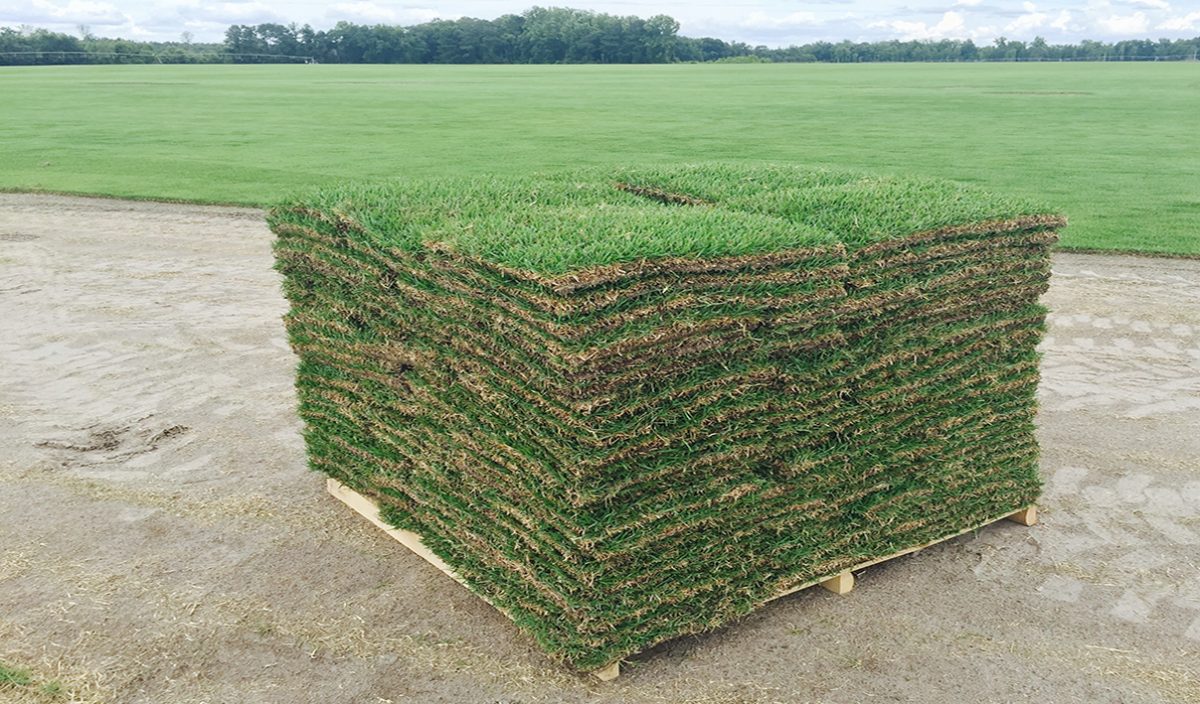This entry is provided courtesy of Sod Solutions/Sod University.
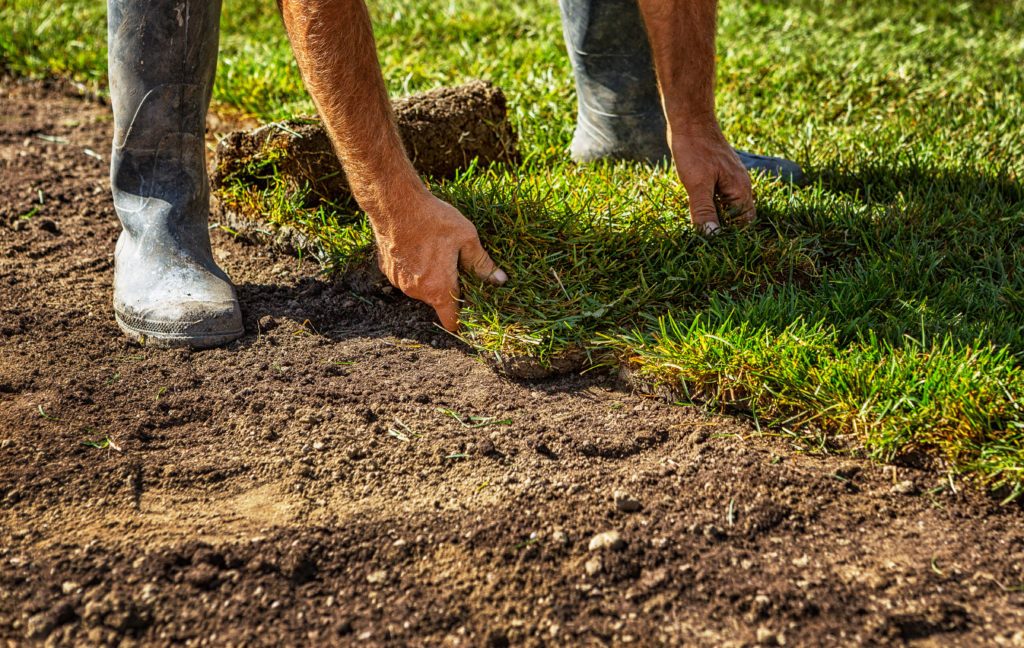
WHEN IS THE BEST TIME TO LAY SOD?
We are often asked the question, “When is the best time to lay new sod?” Well, believe it or not, the most ideal time is either early or mid-fall. Spring is also a great time of year to complete this landscaping project. Different times of the year may be better depending on where you live, however from a broad perspective, early and mid-fall are usually the best times of the year. You can successfully lay sod in any season, and we’ll explain how here.

How to Lay Sod in the Fall
Laying sod in the early fall or mid-fall tends to be the best time to lay sod. This is because the temperatures have cooled down from the summer highs and you tend to get more precipitation during these months. There is plenty of time between fall and winter for the sod to root and establish prior to dormancy which means in the winter, your lawn will be healthy, full, and easy to green up in the spring.
Here are some key things to aware of when laying sod in the fall:
- Similar to other times of the year, you’ll want to maintain a healthy watering schedule that keeps the sod moist, but not too wet during the first 14 days of fall. As a general rule, keep the soil moist two to three inches below the surface when establishing.
- Be sure to fertilize your lawn to promote healthy rooting and establishment. We recommend our Landscape Mix for proper lawn nutrition as your sod begins to take root and establish itself before dormancy.
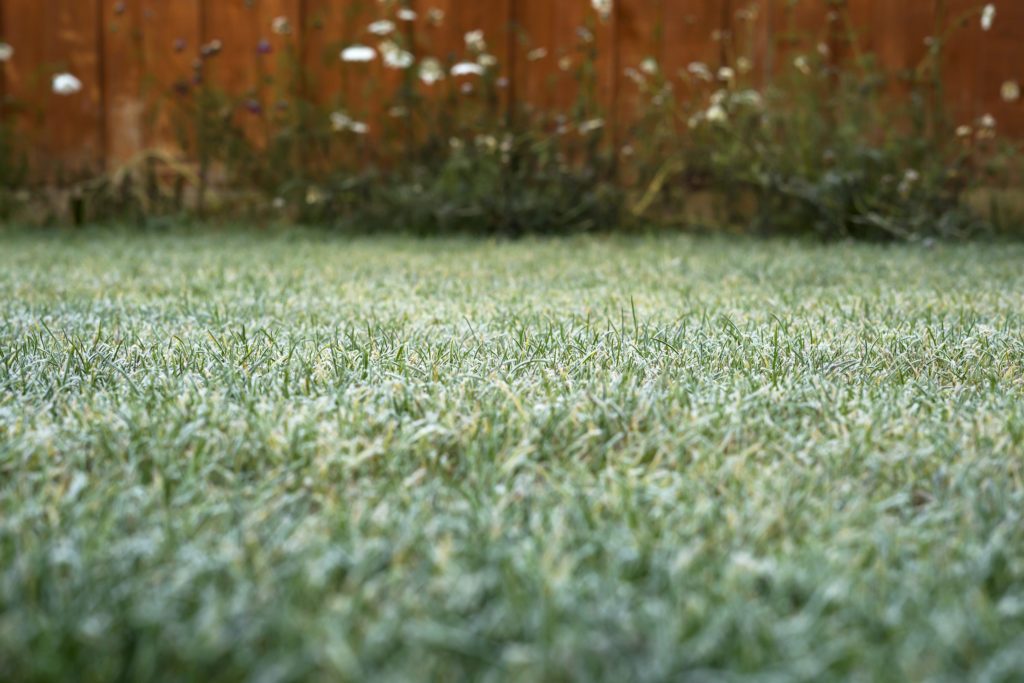
How to Lay Sod in the Winter
A good number of people, particularly in the south where warm season grasses are grown, believe that laying sod in the winter isn’t possible. People think that either the sod is brown and therefore dead, or that they don’t need to water it—both of those statements are wrong. When laying sod in the winter in the south, the sod can look dormant, but dormancy is just like hibernation—it will be off-color and appear dead, but will regain its color in the spring when temperatures warm up. Similarly to all other seasons, water is very important and you will need to dampen the soil prior to laying the sod and continuously water the sod to ensure it stays moist.
Here are some key things to be aware of when laying sod in the winter:
- Your sod will not green up until the spring. Do not be concerned about this.
- You will need to continuously water the grass throughout the winter and its dormancy. Cold, dry winds can dry out the roots quickly and cause major issues.
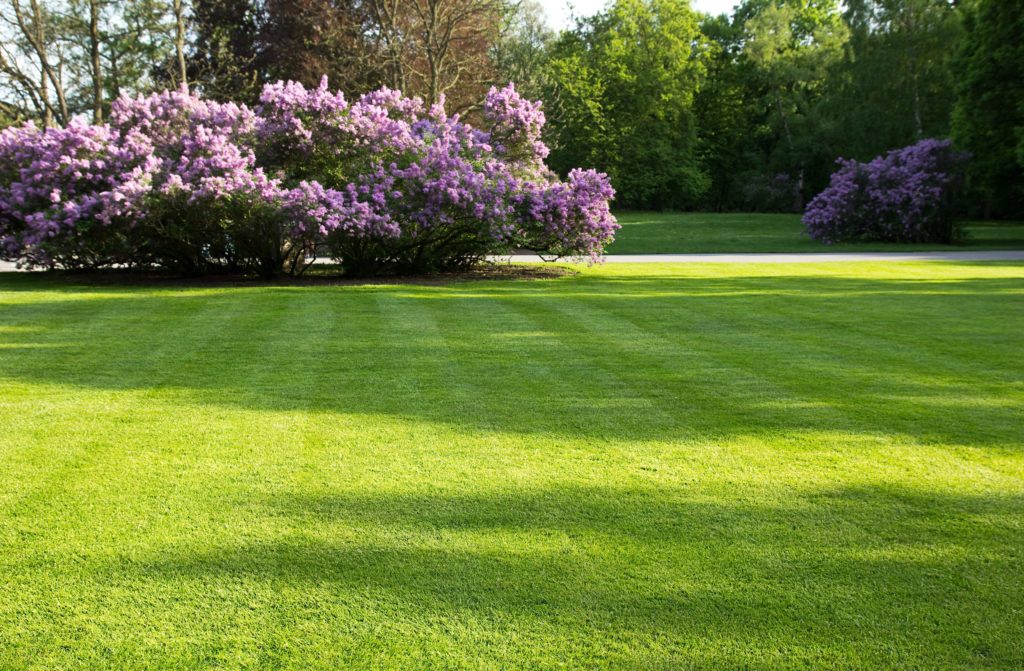
How to Lay Sod in the Spring
Spring is the second best time to lay sod, and in certain cases (depending on where you live), it can be an even better time to lay sod.
Here are some key things to be aware of when laying sod in the spring:
- Make sure there are no more opportunities for a freeze before laying new sod.
- Be sure to keep an eye on weather. You will want to make sure that you keep your sod extra moist to maintain root health—especially if you get an early hot day.
- Water shadier spots less than the sunnier spots to help reduce disease.
- Be sure to fertilize your lawn to promote healthy rooting and establishment.
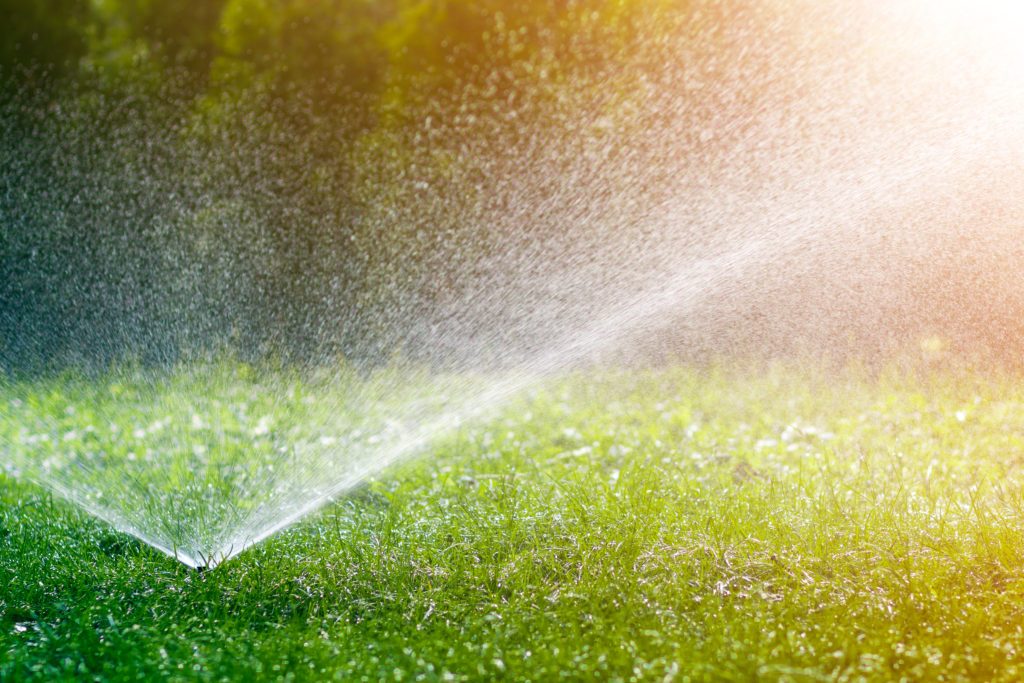
How to Lay Sod in the Summer
Summer is a tough time to lay sod. It is very hot and sometimes drought prone depending on your location. If you need to lay sod in the summer, be ready to water your new lawn very often as a means of maintaining its health. You will want the soil to be damp three to four inches below the surface. Water often to make sure of this.
Here are some key things to be aware of when laying sod in the summer:
- Keep your lawn moist, but do not overwater it—if you do this, it will be susceptible to disease.
- Water your lawn early in the morning, midday and early afternoon to help make sure it does not dry out.
- Taper back watering in the shadier spots since these areas are more prone to fungus and disease pressure.
- Be sure to fertilize your lawn to promote healthy rooting and establishment.
